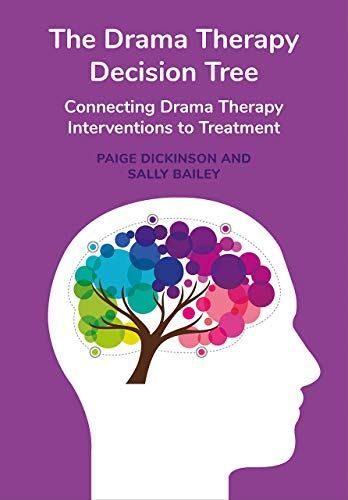
The Drama Therapy Decision Tree
The Drama Therapy Decision Tree provides an integrated model for therapeutic decision-making by deconstructing the processes of drama therapy. The authors strive to provide a common language for communicating what drama therapists do in terms of diagnoses and interventions, especially for new students in the field. As of yet, there has been no systematic method developed for drama therapists and drama therapy students for selecting the most appropriate drama therapy technique or method for clients. Typically, students leave university and have to work out for how plan treatment through trial and error. The authors of this book have identified and analysed how they approached this task themselves and explain how the theory learnt at university can be put into practice. Their desire is to give early career drama therapy professionals a reliable and effective tool for making the best clinical decisions they can. This book is not only an educational tool, but also a practitioner's reference tool for planning how to address the socio-emotional needs of their clients. The book begins by explaining the basic tools that drama therapists use in all therapy situations, starting with the therapeutic process. It moves on to identify the core healing concepts that make drama therapy so powerful and unique. The diagnostic systems used by all mental health professionals (DSM-5 and ICD-11) are integrated by relating the core healing concepts and tools to the symptoms of diagnoses. The basic treatment planning process is also discussed. The book then explains how these components are used together systematically through a series of questions (that the therapist asks themself) in order to identify the most appropriate type of intervention for the client. Finally, the book offers several examples of how this system can be applied to a variety of common diagnoses. The appendices provide resources about drama therapy in terms of theory, approach, and specific population. This book is not intended as an instruction manual. It aims to provide the reader with a thorough understanding of drama therapy methods through the provision of examples so therapists can select the most appropriate methods and apply them themselves.